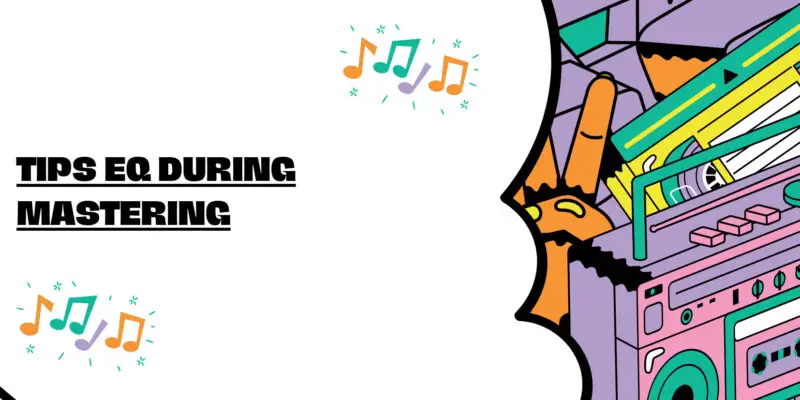Here are some tips for EQ during mastering:
- Use a spectrum analyzer. A spectrum analyzer is a tool that can show you the frequency content of your mix. This can be helpful for identifying any areas where the mix is too loud or too quiet.
- Compare your mix to other reference mixes. Listen to other mixes in your genre and compare the EQ to your own mix. This can help you to get a better idea of what a good EQ is for your genre.
- Listen to your mix in different environments. Play your mix back in different environments, such as on headphones, in a car, and on a speaker system. This will help you to get a better idea of how the EQ sounds in different contexts.
Here are some specific things to listen for when EQing during mastering:
- Is the bass clear and punchy? The bass is responsible for the low-end frequencies of your mix. It should be clear and punchy, but not muddy or boomy.
- Are the mid-range frequencies clear and present? The mid-range frequencies are responsible for the body and warmth of your mix. They should be clear and present, but not harsh or brittle.
- Are the high-end frequencies clear and airy? The high-end frequencies are responsible for the clarity and sparkle of your mix. They should be clear and airy, but not harsh or sibilant.
Here are some specific EQ tips for mastering:
- Use a high-pass filter to cut any unwanted low-end frequencies. This can help to clean up the sound of the mix and make it more focused. A good starting point is to set the high-pass filter at around 20 Hz.
- Boost the fundamental frequencies of the bass and other instruments. The fundamental frequencies are the lowest frequencies of a note, and they are responsible for the pitch of the note. Boosting the fundamental frequencies can help to make the instruments sound more clear and present.
- Cut any harsh or brittle frequencies. Harsh or brittle frequencies can sound unpleasant, especially when listening at high volumes. Use a low-pass filter to cut any unwanted high-end frequencies. A good starting point is to set the low-pass filter at around 10 kHz.
- Use a shelving EQ to boost or cut the overall brightness or darkness of the mix. Shelving EQs are boost or cut filters that affect a wide range of frequencies. You can use a shelving EQ to boost the brightness of the mix by boosting the high-end frequencies, or you can use a shelving EQ to cut the darkness of the mix by cutting the low-end frequencies.
It is important to note that there is no one-size-fits-all approach to EQing during mastering. The best EQ settings will vary depending on the genre of music you are mastering and the desired sound. However, the tips above can give you a good starting point.
It is also important to be subtle with your EQ adjustments. It is easy to overdo it with EQ, and this can ruin the sound of your mix. Start with small EQ adjustments and listen carefully to the results. You can always add more EQ later if needed.
With practice, you will learn to EQ your mixes in a way that enhances the sound of the music and makes it sound more professional.


